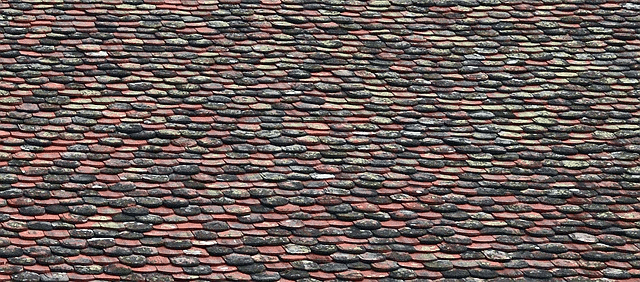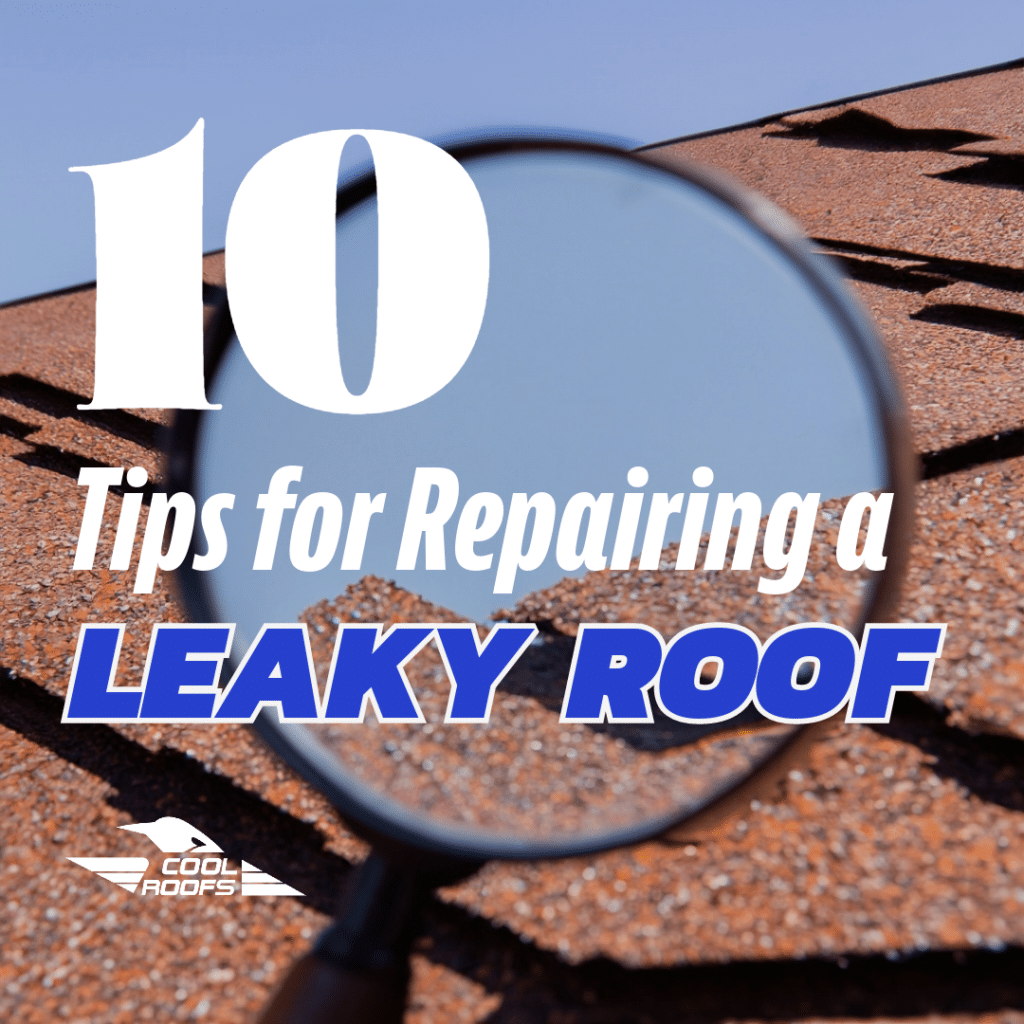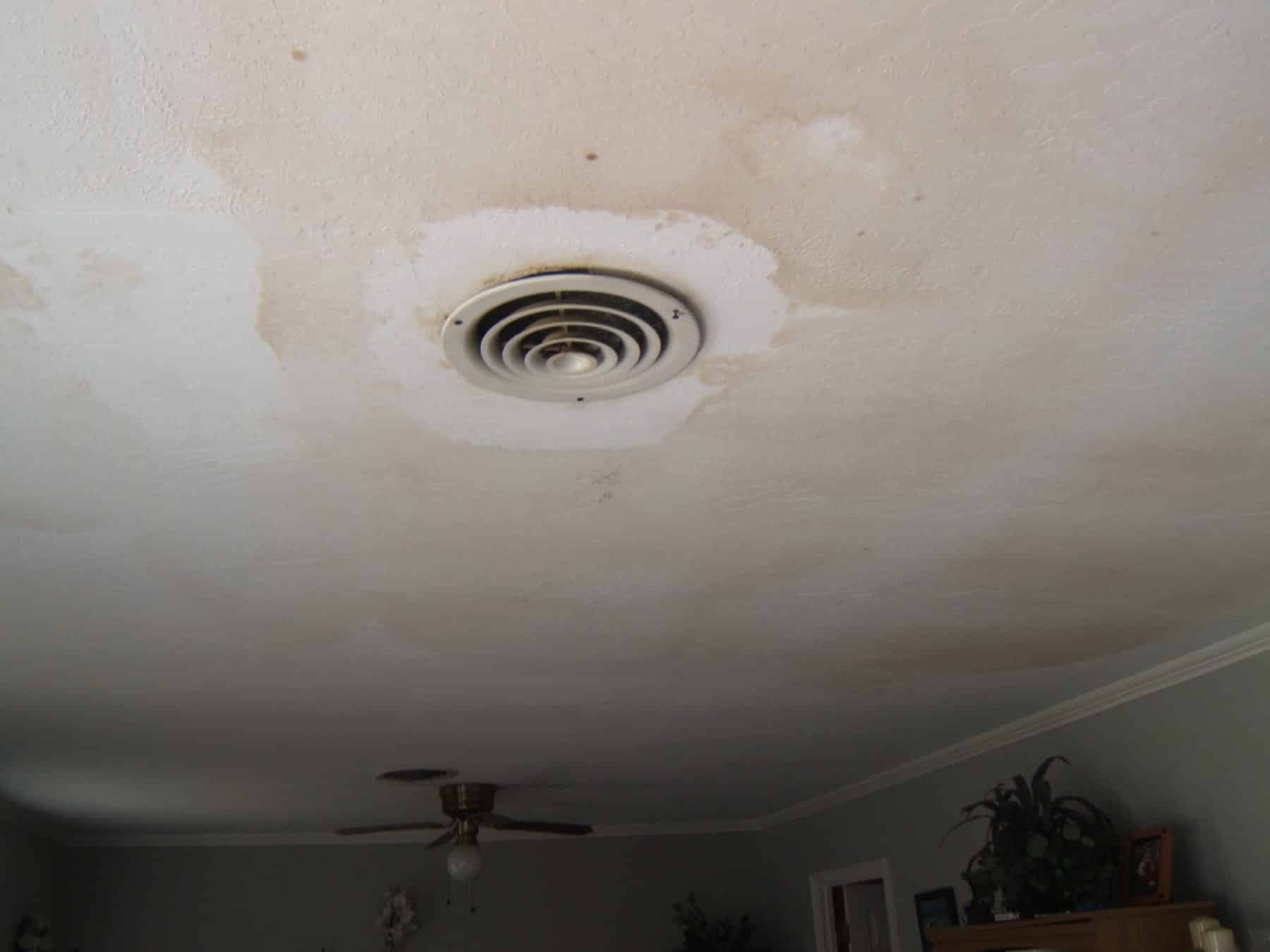How Much Does a Roof Replacement Estimate Cost in 2024?
Is the thought of replacing your roof making your head spin? With so many factors to consider, it’s easy to feel overwhelmed. But fear not, we’re here to help you navigate the complexities of roof replacement cost and arm you with the knowledge you need to make informed decisions. In this blog post, we’ll dive into the factors affecting a roof replacement estimate, discuss how to obtain accurate quotes, explore financing options, and guide you on when to repair or replace your roof.
Key Takeaways
- Cost of a roof replacement can be impacted by size, materials, labor and location.
- Research local contractors to obtain an accurate estimate for your project.
- Consider the risks before attempting DIY roof replacement. Professional contractor services are often safer & more reliable.
Factors Affecting Roof Replacement Estimates

Grasping the elements that dictate roof replacement cost is integral to effective project planning. Knowing what contributes to the overall expense will help you budget wisely and avoid unpleasant surprises. In this section, we’ll explore various aspects that impact roof replacement costs, including:
- Size
- Materials
- Labor
- Location
- Additional features and repairs
You’ll gain a comprehensive overview of how these factors collectively influence the final cost as you finish this section.
Roof Size and Pitch
Your roof’s size and pitch significantly affect your roof replacement estimate. Here are some factors to consider:
- Larger roofs require more materials and labor, resulting in higher costs.
- Steeper roofs may necessitate the use of special equipment for safe operation, increasing labor costs by $1,000 to $3,000.
- A larger roof requires more roofing squares, which are units used to measure roof area, and thus more materials.
The cost of materials and labor are typically calculated per roofing square, which is equivalent to 100 square feet of roof area. Considering both the size and pitch of your roof is crucial to get an accurate cost estimate for your roof replacement. Remember, a larger and steeper roof will inevitably result in higher costs, so plan accordingly.
Roofing Material
The choice of roofing material greatly impacts the overall cost of a roof replacement estimate, with options ranging from affordable asphalt shingles to high-end slate or metal roofs. An asphalt shingle roof is the most common and economical choice, with prices ranging from $4.50 to $6 per square foot. On the other hand, metal roofing can cost up to $11 per square foot and offers a longer lifespan and added durability.
Considering factors like climate, local regulations, structural support, and maintenance requirements is vital when choosing a roofing material. Each material has its pros and cons, and your choice will significantly influence the final cost of your roof replacement project. By carefully evaluating your options and taking into account your specific needs and preferences, you’ll be better equipped to choose the right roofing material for your home.
Labor Costs
Labor costs account for a significant portion of a roof replacement estimate, with variations based on the complexity of the project and local labor rates. Typically, labor comprises approximately 60% of the project total, with labor costs ranging between $150 and $300 per roofing square ($1.50 to $3 per square foot). Understanding roofing costs can help homeowners budget for their roof replacement more accurately.
Several factors can contribute to increased installation costs, such as having a roof that is three or more stories tall, steep, or difficult to access. Additionally, the hourly rate for roofers and general roof laborers can vary, with roofers earning an approximate rate of $130 per hour and general laborers earning around $100 per hour. Remembering these labor costs is vital during your roof replacement project’s budgeting phase, as they can significantly impact the overall roof cost.
Geographic Location
Your geographical location influences roof replacement estimates because of the variations in material prices, labor rates, and local building codes or permit requirements. For example, the cost of permits for a new roof can range from $100 to $1,000, and these costs can vary depending on your location. Additionally, labor rates and material prices can fluctuate based on regional economic factors.
As you calculate your roof replacement estimate, consider how your location might affect the total cost. Be sure to research local building codes, permit requirements, and labor rates to ensure an accurate and comprehensive estimate.
Additional Features and Repairs
Extra features, like skylights or chimneys, and required repairs can escalate a roof replacement estimate’s cost. For example, the cost of replacing a chimney is estimated to be $5,000 or higher, while a fixed skylight typically costs around $150 per unit, with an additional $500 or more for labor.
Moreover, underlying structural repairs may be necessary if your roof has sustained significant damage. These repairs can add to the overall cost of your roof replacement project. Make sure to account for any extra features or repairs when getting an estimate to ensure it accurately represents the total cost.
How to Obtain an Accurate Roof Replacement Estimate

Getting an accurate roof replacement estimate is crucial to guarantee you’re receiving the best value for your investment. In this section, we’ll provide tips on:
- Researching local contractors
- Requesting multiple quotes
- Checking credentials
- Understanding the scope of work
By following these guidelines, you’ll be better equipped to obtain a comprehensive and accurate estimate for your roof replacement project.
Research Local Roofing Contractors
Researching local roofing contractors is necessary to find reliable and experienced professionals who can offer accurate estimates. One of the most effective methods for researching local contractors is to gather recommendations from individuals who have recently had their roofs repaired or replaced. Additionally, you can consult online review websites, such as Yelp or Angie’s List, to review reviews and ratings from past customers.
Aside from recommendations and online reviews, you can contact your local Better Business Bureau to ascertain any complaints or negative feedback regarding the contractors you are considering. By thoroughly researching local contractors, you’ll be better equipped to find a reliable and experienced professional for your roof replacement project.
Request Multiple Quotes
After identifying potential roofing contractors, it’s important to ask for numerous quotes to make price and service comparisons. This will help you ensure a fair and accurate estimate for your roof replacement project. To obtain multiple quotes, contact different contractors and request an estimate. Be sure to provide precise information regarding the size, materials, and any additional requirements of your roof to help the contractors provide an accurate quote.
By comparing multiple quotes, you’ll be able to:
- Identify any discrepancies or unusually high or low estimates
- Make a more informed decision
- Select a contractor that offers the best value for your money.
Check Contractor Credentials
Verifying their credentials before hiring a roofing company is vital to confirm their qualification and trustworthiness. Here are some steps to follow:
- Check the contractor’s trade license number.
- Request evidence of insurance and bonding.
- Verify their license by consulting the website of the relevant state licensing board or department of business and professional regulation.
Additionally, request references from the contractor and contact them to inquire about the contractor’s work. By checking contractor credentials and validating references, you can ensure you’re hiring a reliable and experienced professional for your roof replacement project.
Understand the Scope of Work
Understanding the scope of work included in the quote is necessary to secure an accurate roof replacement estimate. This involves understanding:
- The materials
- The labor
- The permits
- Any additional features or repairs that are part of the estimate
Be sure to ask the contractor for a detailed breakdown of the costs, so you know precisely what you’re paying for.
By understanding the scope of work, you’ll be better equipped to compare quotes from different contractors and ensure you’re getting a fair and accurate estimate. This will also help you avoid any unexpected costs or surprises during the roof replacement process.
Roof Replacement Financing Options

Although roof replacement can be a major financial investment, several financing options exist to assist you in managing the costs. In this section, we’ll explore three popular financing options for roof replacement: personal loans, home equity lines of credit (HELOC), and home improvement grants. By understanding the pros and cons of each option, you’ll be better equipped to choose the best financing solution for your needs.
Personal Loans
Personal loans can provide funds for roof replacement, with repayment terms and interest rates varying based on creditworthiness. These loans are generally unsecured, meaning they do not require collateral. Interest rates and repayment terms for personal loans are contingent upon the lender and the borrower’s creditworthiness.
While personal loans can offer a quick and flexible financing solution for roof replacement, it’s essential to shop around and compare loan offers from different lenders to ensure you’re getting the best terms and interest rates. Keep in mind that your credit score and financial situation will play a significant role in determining the rates and terms you qualify for.
Home Equity Line of Credit (HELOC)

A home equity line of credit (HELOC) allows homeowners to borrow against their home’s equity to finance roof replacement. Here are some key features of a HELOC:
- It often offers lower interest rates than personal loans.
- It functions as a revolving line of credit, similar to a credit card.
- You can borrow and repay funds as needed.
- The interest rate is typically variable and based on the prime rate.
While a HELOC can offer lower interest rates and potential tax deductions for the interest paid, it’s essential to remember that your home serves as collateral for the loan. This means that if you fail to repay the borrowed funds, your home could be at risk of foreclosure. As with any financing option, carefully weigh the pros and cons and consider your financial situation before choosing a HELOC for your roof replacement project.
Home Improvement Grants
Home improvement grants may be available for low-income homeowners or those with specific needs, helping to cover the cost of roof replacement. These grants are generally based on need and may have specific eligibility criteria. Examples of home improvement grants include the Housing Improvement Program (HIP), Single Family Housing Repair Grants provided by USDA, and Specially Adapted Housing (SAH) Grant offered by VA.
To apply for a home improvement grant, contact your local government or housing authority to determine which grants are available and the necessary steps for application. While not everyone may be eligible for a grant, it’s worth exploring this option if you need financial assistance for your roof replacement project.
When to Repair vs. Replace Your Roof

Discerning when to repair or replace your roof is key to preserving your home’s structural integrity and evading expensive errors. In this section, we’ll discuss the signs that indicate the need for roof repair or full replacement and help you make an informed decision about the best course of action for your roof.
Signs Your Roof Needs Repair
Minor damage to shingles, small leaks, or localized wear and tear are some signs that your roof may need repair. Other indicators include:
- Absent shingles
- Fractured shingles
- Unsecured flashing
- Impaired gutters
- Ice dams
- Sunlight penetrating the roof
Addressing these issues promptly can help prevent more extensive damage and prolong the life of your roof.
If you notice any of these signs, it’s essential to consult a professional contractor to assess the extent of the damage and provide a recommendation for repair. In some cases, timely repairs can save you money and extend the life of your roof, allowing you to postpone a full replacement for several years.
Signs Your Roof Needs Replacement
Widespread damage, sagging, or reaching the end of its expected lifespan are signs that your old roof may need replacement. Additionally, if your roof has sustained significant damage that a repair would only provide a short-term solution, it might be more cost-effective to replace the entire roof.
If you observe any of these signs, it’s crucial to consult a professional contractor to assess the extent of the damage and provide a recommendation for replacement. If the damage is restricted to one side of the house, a partial replacement may be an option in some cases. This could be a cost-effective solution for minor repairs. However, it’s important to weigh the costs and benefits of repair versus replacement to make the best decision for your home.

DIY vs. Professional Roof Replacement
Choosing between a DIY or professional roof replacement can pose a difficult decision. In this section, we’ll compare the benefits and risks of each option to help you make an informed choice.
With a clear understanding of the pros and cons of DIY versus professional roof replacement, you can make a more informed decision on the most suitable approach for your project.
Benefits of DIY Roof Replacement
DIY roof replacement can offer cost savings and a sense of accomplishment, but it requires proper skills, tools, and safety precautions. By handling the project yourself, you can save up to half the cost of hiring a professional. However, to successfully complete a DIY roof replacement, you’ll need to have an understanding of roofing materials, tools, and safety protocols.
Additionally, you’ll need to invest in the necessary tools and safety equipment, such as ladders, hammers, pry bars, roofing nails, and roofing felt.
Before embarking on a DIY roof replacement project, carefully consider your skills, the time and effort required, and the potential risks involved with working on your existing roof, including the roof pitch.
Risks and Drawbacks of DIY Roof Replacement
While DIY roof replacement may seem appealing due to cost savings, there are several risks and drawbacks to consider, especially when it comes to partial roof replacement. These include the potential for costly mistakes, lack of warranty or insurance coverage, and increased safety hazards. For instance, improper installation or use of incorrect materials can lead to additional expenses and the need for professional intervention.
Considering the risks associated with DIY roof replacement, hiring a professional contractor is often the safer and more reliable option. Professional contractors possess the necessary skills, tools, and insurance coverage to ensure your roof replacement is completed correctly and safely. While it may be more expensive initially, hiring a professional can help you avoid costly mistakes and ensure a high-quality result.
Summary
In conclusion, understanding the various factors that affect roof replacement cost, obtaining accurate estimates, and knowing when to repair or replace your roof are essential steps in managing your roofing project. By considering the pros and cons of DIY versus professional roof replacement, exploring financing options, and making informed decisions, you can ensure a successful outcome that protects your home and maximizes your investment.
We hope this comprehensive guide has provided you with valuable insights and tools to navigate the complex world of roof replacement. Armed with this knowledge, you’re now better equipped to make informed decisions and confidently embark on your roofing project, ensuring a safe, durable, and attractive roof for years to come.
Frequently Asked Questions
How do I calculate the cost of a new roof?
To calculate the cost of a new roof, estimate the per square footage of the materials required and multiply that by the square footage of the house. Additionally, factor in any complicating factors, such as roof pitch or necessary repairs, as well as cost of labor. The most accurate numbers can be obtained through a free estimate from a roofing contractor.
How much does it cost to replace 1000 sq ft of roof?
Replacing 1000 sq ft of roof typically costs between $7,200 and $14,400. Depends on your desires for quality, cost, warranties, and the type of roofing system (energy efficient, solar add-ons, etc.)
How do I estimate my roof?
To estimate your roof size, measure the length and width of each plane on the roof, including the dormers, and then multiply length x width to calculate the square footage of each plane. Finally, add the square footage of each of the planes together to get the total square footage of your roof.
You can build your estimate here.
How much does a new roof cost in Tennessee?
The average cost of a roof replacement in Nashville, Tennessee is around $12,000 to $15,000. Prices may vary depending on the complexity and size of the project.
Can I save money by doing a DIY roof replacement?
Yes, you can save money by doing a DIY roof replacement; however, it requires special skills, tools and safety precautions, and there are risks involved.







